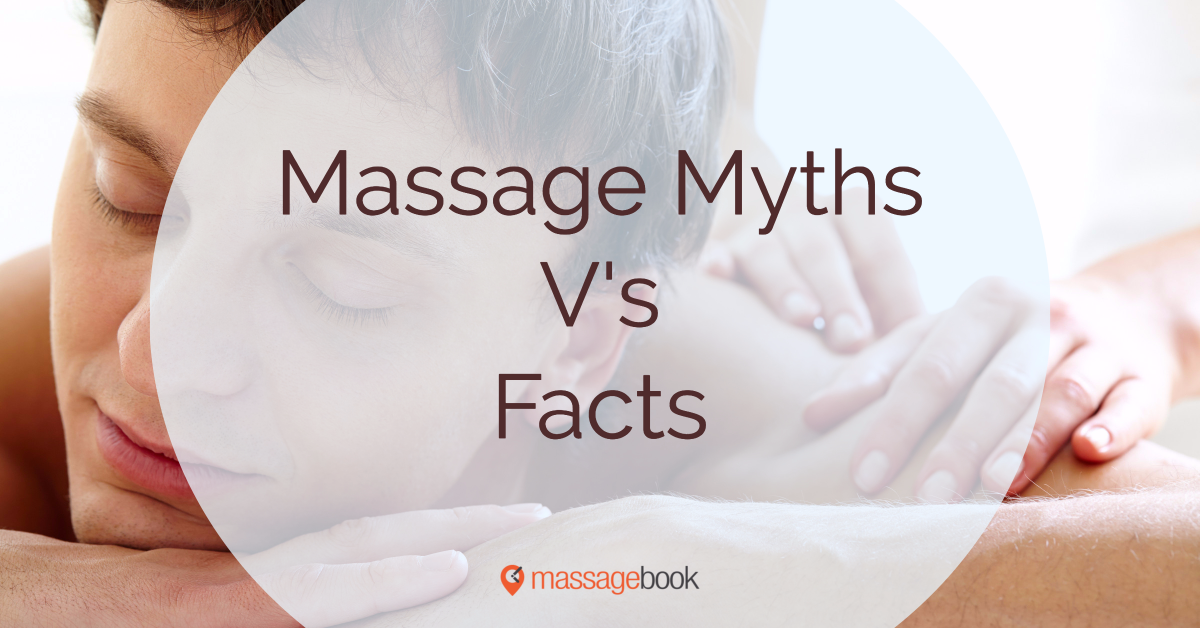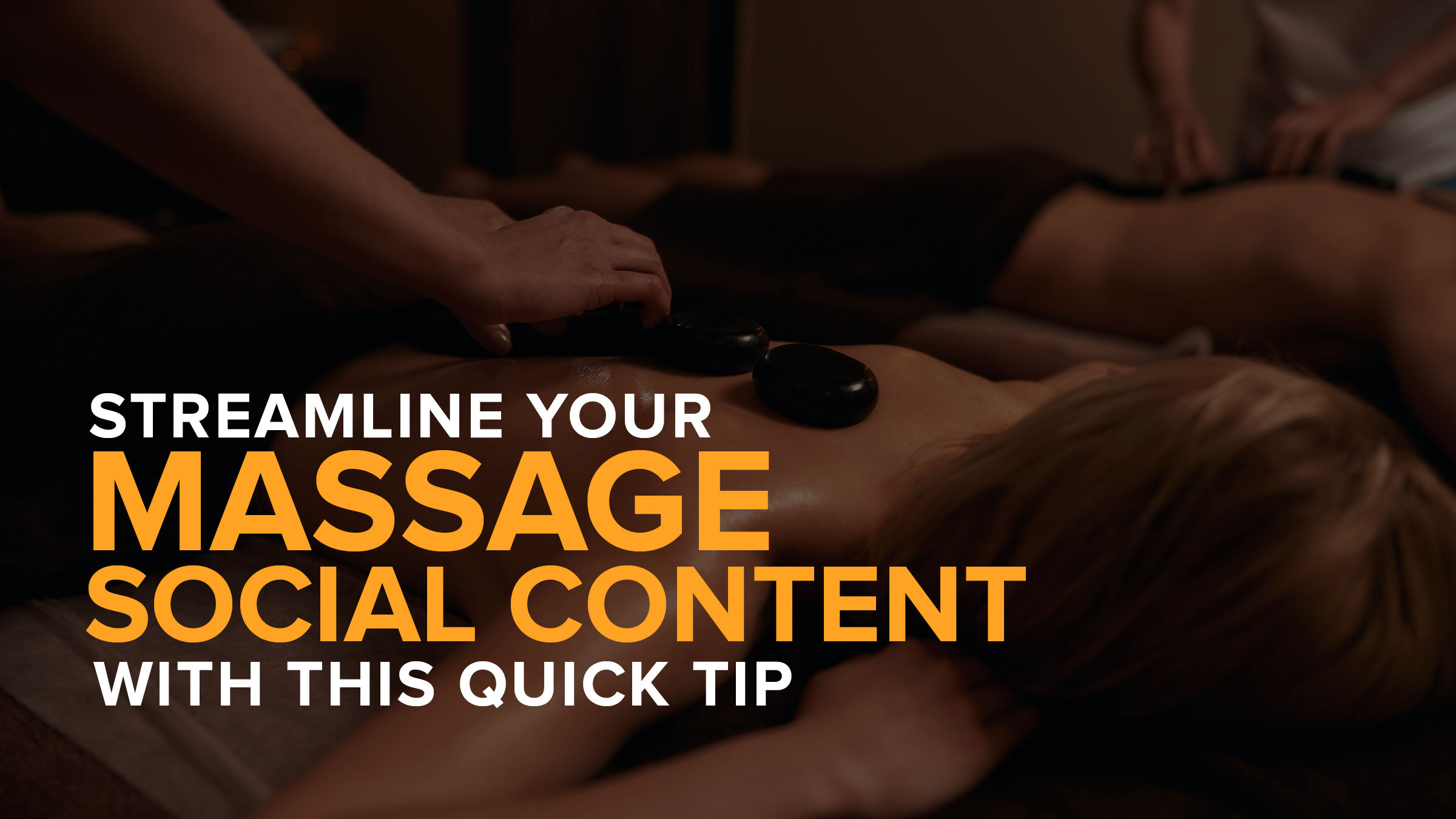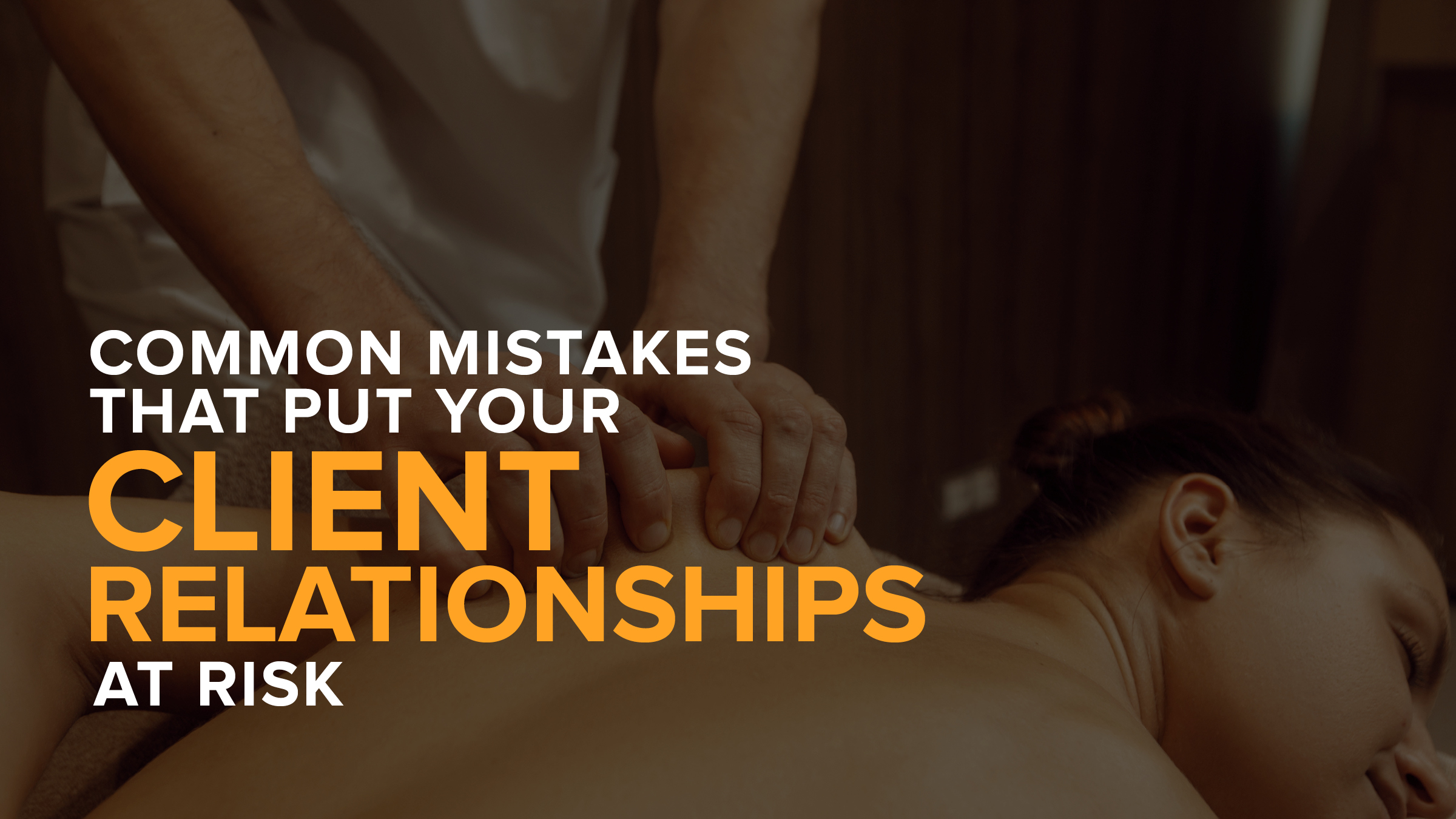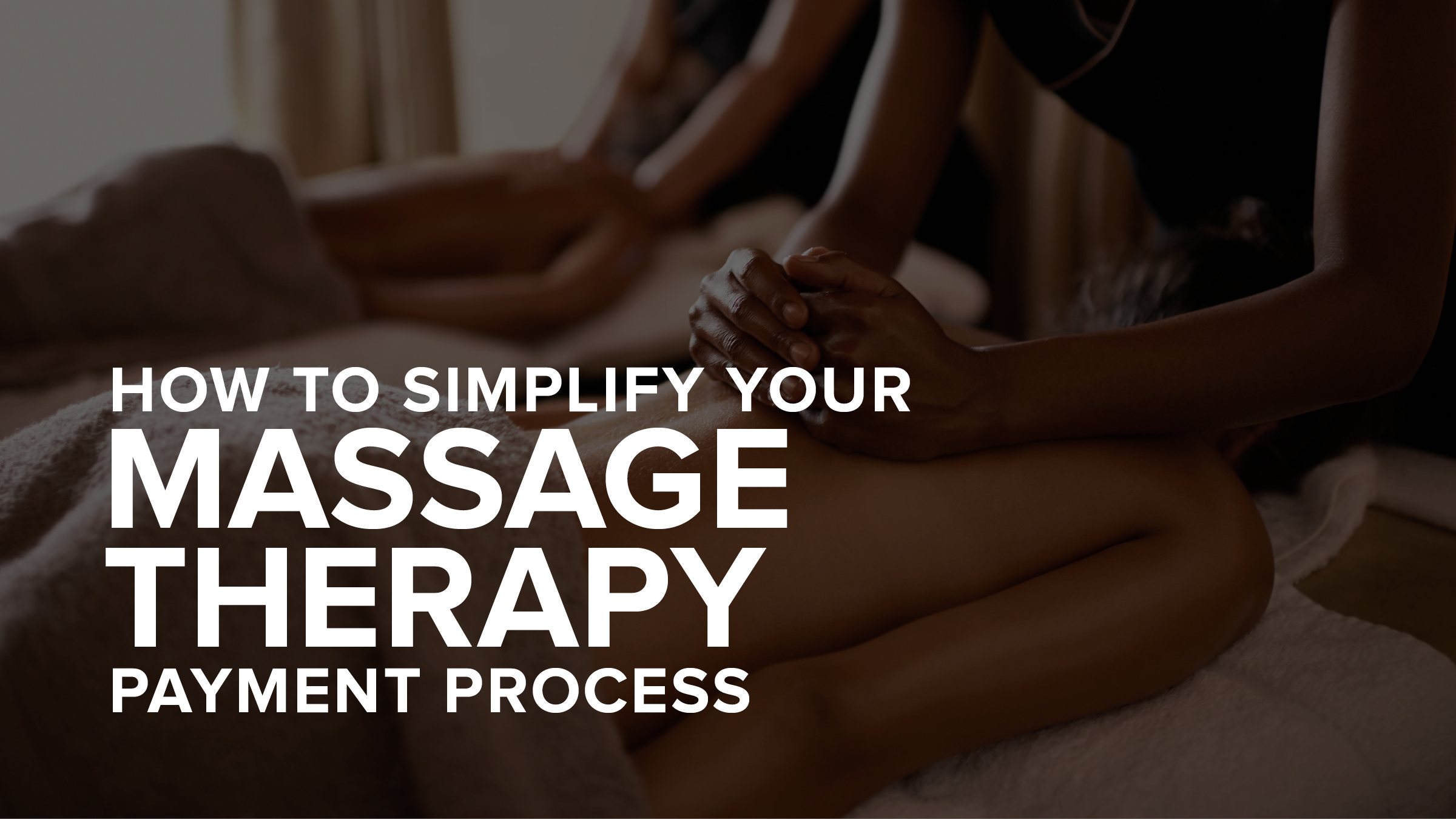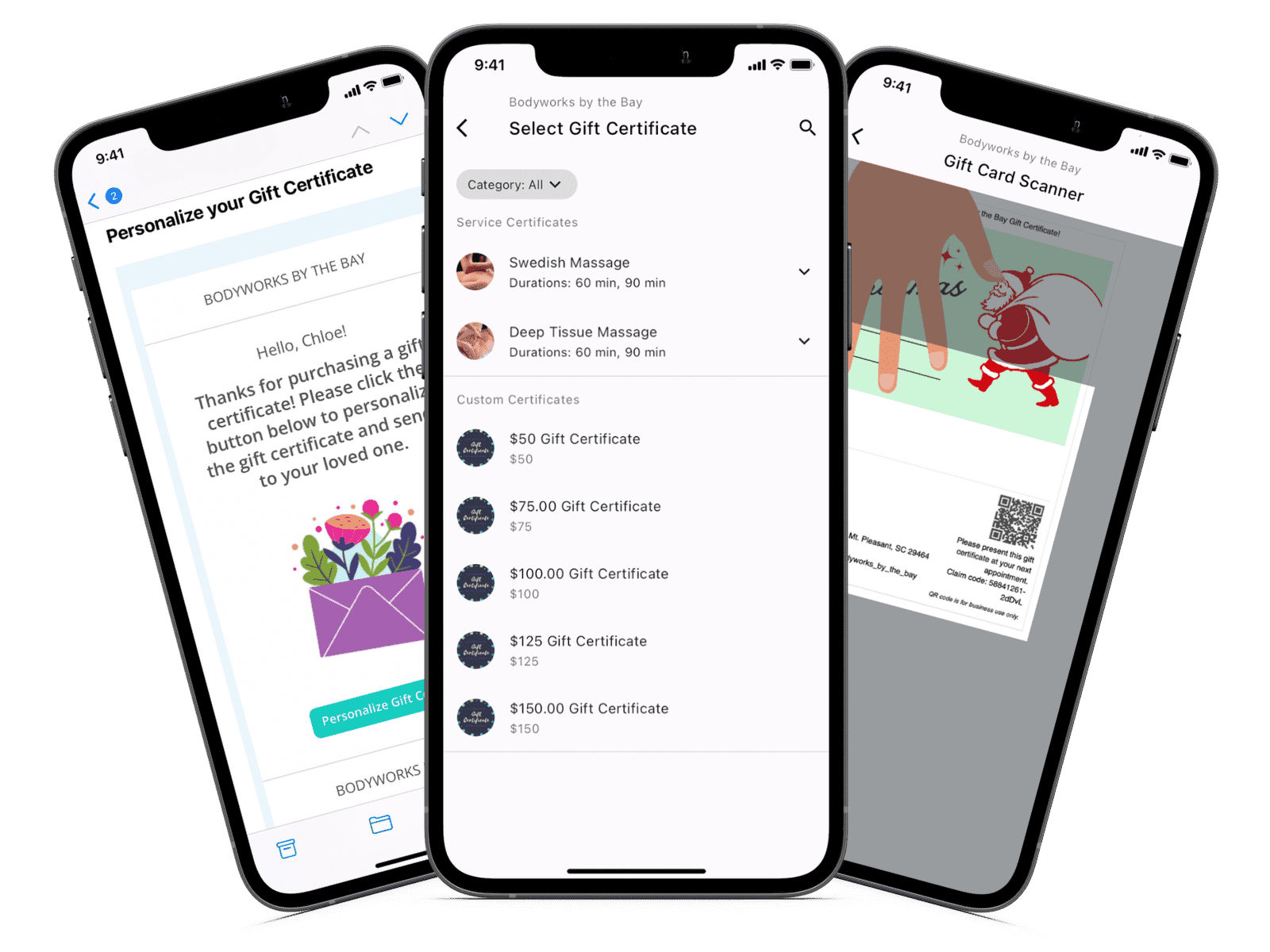The therapeutic practice of massage has been around for a long time. In fact, engravings illustrating it have been documented as far back as 2330 BC, making it one of the oldest healing arts. After all that time you might imagine that myths about it would have been laid to rest but you would be wrong. The 8 myths listed below are some of the most common.
1: Massage is an Effective Detox Treatment
It would make a good selling point for therapists if it were true, but alas, it is not so. The body has unique ways of ridding the body of toxicity. If you have an offensive substance in your stomach you’ll throw up. Toxins permeate the body and it has its own ways of gathering them and giving them the deep six via feces, urine, sweating, etc.
The physical effects of massage only reach so far below skin level. It can address the muscle and tendon regions where it increases blood circulation, and by doing so assist the body in the elimination process.
2: Massage Makes Cancer Cells Migrate and Spreads the Disease
False again! Cancer cells are caused by the body’s immune system functioning improperly and their location is beyond the therapist’s control. If muscle manipulation could cause spreading, a cancer patient would have done much worse just by the movements involved in everyday living. In fact, massage offers many benefits with the caveats that the therapist should have specialized training and should avoid massaging over a tumor. Some benefits are:
-
Massage reduces anxiety.
-
It relieves pain related to treatments.
-
It helps in relieving the nausea that accompanies cancer therapy.
3: Massage Can Terminate Pregnancy
This myth generally refers to spontaneous termination during the first trimester. There is no evidence that this is even a remote possibility. Just as with the cancer myth, massage in a physical sense is no more invasive than normal activity. Actually, there are many benefits associated with a prenatal massage.
-
Decreases leg and back pain.
-
Decreases the stress hormone norepinephrine.
-
Increases the calming hormones serotonin and dopamine.
4: All Massage Does is Move Muscles
Yes, massage moves muscles but this is an over-simplification; it does so much more. For example, clients suffering from arthritis experience pain from the buildup of synovial fluid in the joints. A therapist can move this fluid to reduce swelling and relieve the pain. It can also stretch taut spots in the fascia. This is a layer of tissue that connects muscles, bones, and organs.
Athletes, both professional and weekend warriors, can benefit from the therapist’s ability to increase blood circulation which helps in speeding recovery.
5: Massage Isn’t a Good Therapy for Migraine Headaches
There are trigger points in the face, shoulders, neck, head where tension builds up. Massage can release these pockets of tension which is thought to interrupt pain signals that would otherwise travel up to the brain. It is also thought that while frequent massage treatments might not eliminate migraines completely, it can limit their occurrence.
Craniosacral therapy is one approach that has shown to help. With this type of massage treatment, the therapist locates blockages that prevent the flow of fluid from tight or inflamed muscles. The therapist employs gentle pressure to release these blocked areas, reestablishing equilibrium.
6: A Massage was Only Effective if You are Sore the Next Day
No pain, no gain? Perhaps this myth got its start with the belief that medicine must have to taste bad to be effective! The fact is that each client and situation is different. People who tend to experience post-massage soreness are the ones that are the most sedentary. The areas worked on by the therapist simply are not used to much activity. Also, people who get more frequent massages will experience less discomfort. Just as when taking up a new sport, the next-day soreness diminishes in time.
7: Massage will Eliminate Cellulite
Sorry, to get rid of cellulite the massage client will have to do the physical work. Cellulite is subcutaneous fat that is evidenced by dimpled skin on the surface but isn’t some stand-alone substance; fat is fat. What massage can do is keep the body limber and ready for working out.
8: A Massage will Make Your Muscles Flabby and Soft
This myth may have its origin in the fact that the layman’s interpretation of massage therapy is that it “loosens the muscles.” In reality, it doesn’t affect muscle tone at all. On the contrary, for people who work out, the relaxing and lengthening of muscles and connective tissue will make it easier to attain better tone and gain lean muscle mass.
Although these myths will continue to persist in the general public, it’s a simple matter to put your client’s mind at ease. What are the most common myths you face day to day?
- Author: Mark Volkmann
- Published: August 11, 2016
Grow and simplify your practice!
Related Posts
Featured
Recent Blog Posts
Categories
Categories Index ( 21 )
- Friday focus (9)
- Massage therapists (42)
- Massage therapy benefits (7)
- Marketing (157)
- Massagebook features (12)
- Healthy living (12)
- Press (2)
- Practice management (55)
- From our ceo (3)
- Software releases (23)
- Education (5)
- People focus (3)
- Types of therapy (1)
- Uncategorized (1)
- Massagebook (36)
- Massage therapy (4)
- Massage practice (1)
- Massagebook (1)
- Fun (1)
- Guest blog (1)
- Resources (2)
